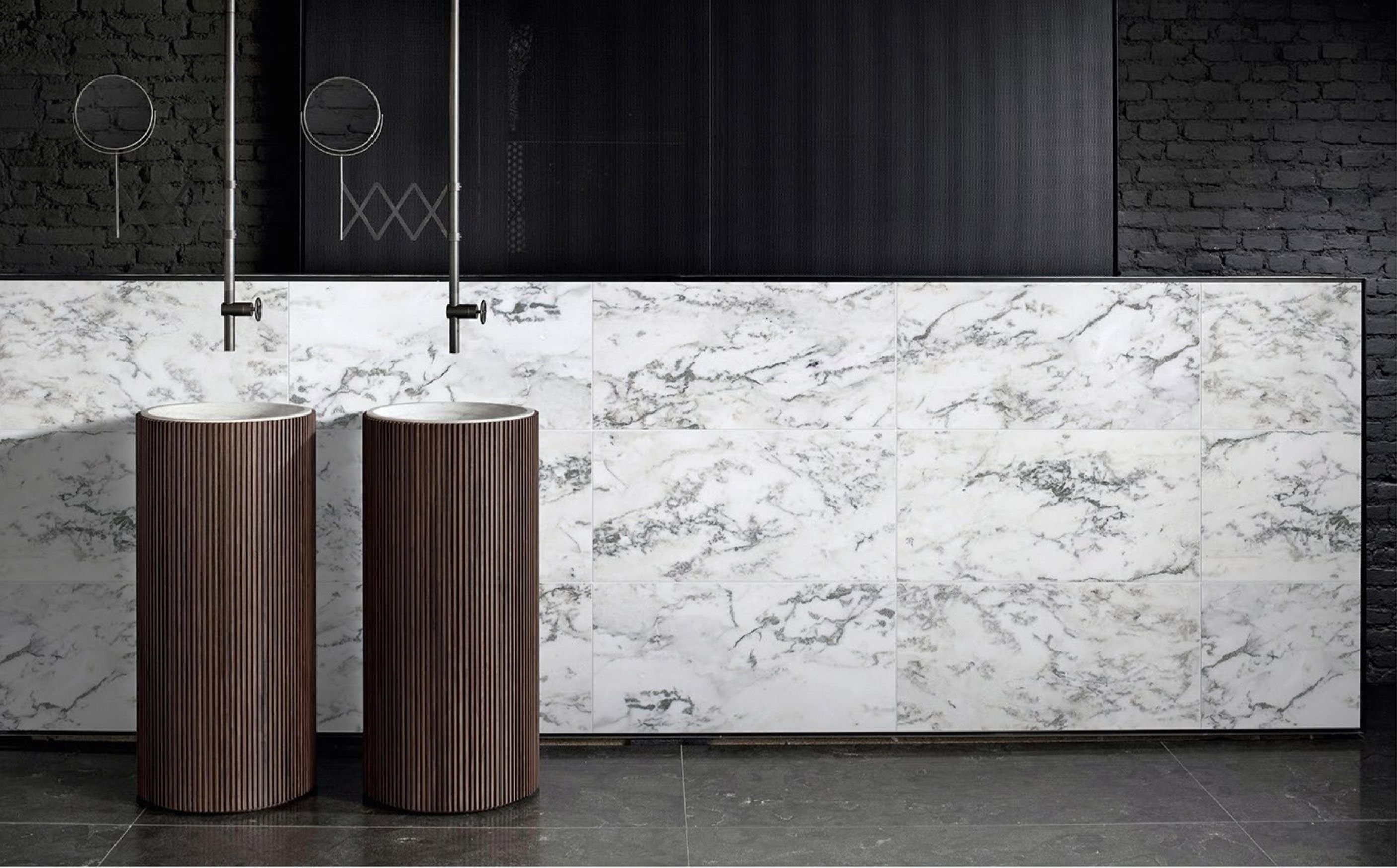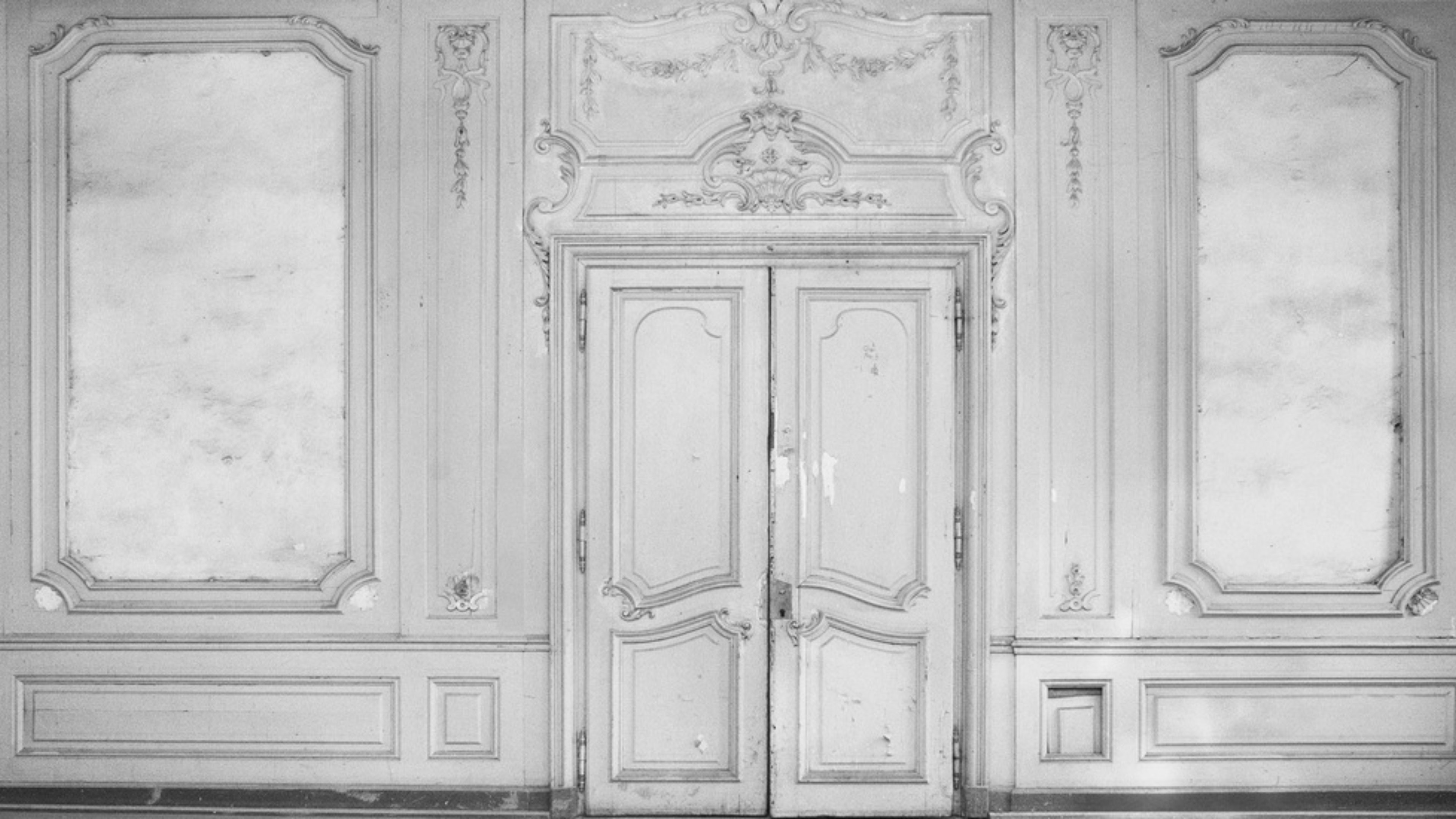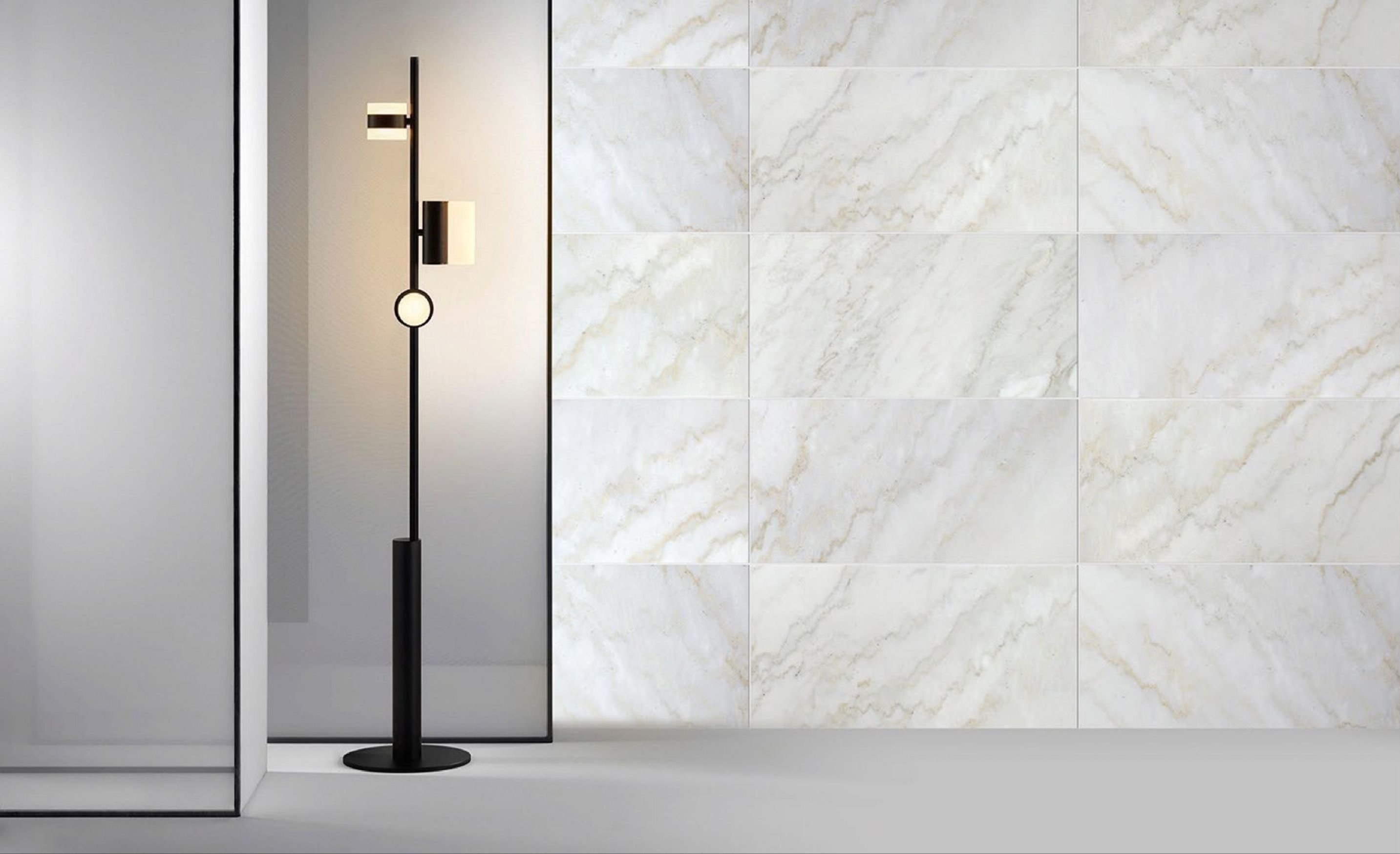NEWS CENTER
news center
The annual output of raw materials is 150000 tons, and the area of plates is 1000000 square meters. Grain products often have more than 150000 square meters of materials in stock
Various common stone appellations and processing
Release time:
2023-01-16
Various common stone titles:
1. Wool: stone with irregularshape directly separated from the mine.
2. Block: a stone made of wool that is processed with six sides and is used to process finishing stone.
3. Material stone: material stone with certain specifications processed from wool and used for construction.
4. Wool board: a board with a certain thickness and no treatment on the surface cut out by garden plate saw, sand saw or frame saw.
5. Rough panel material: a plate with a flat and rough surface with relatively regular processing marks.
6. Chopping axe plate: rough panel material processed with axe.
7. Hammered plate: rough panel material processed by flower hammer.
8. Fire plate: rough surface veneer processed by flame generated by acetylene, oxygen or propane and petroleum liquefied gas as fuel.
9. Fire burning and water flushing plate: a kind of plate that is first burned with fire and then processed by water impact.
10. Water flushing plate: the plate processed by water impact, the surface of the plate impacted by water is distributed with fine holes and pits, and the true color of the stone is basically presented.
11. Machine planing plate: coarse panel material processed by machine planing method.
12. Fine panel material: plate with smooth surface.
13. Mirror panel material: plate with flat surface and mirror luster.
14. Matte plate: plate with flat and smooth surface and very low luminosity.
15. Antique stone: matt panel material made by a series of stone grinding brushes, some antique stones are first burned, and then polished to matte with a series of grinding brushes.
16. Thin plate: plate with a thickness of less than 15mm.
17. Thick plate: plate with a thickness greater than 20mm.
18. Ordinary plate: square or rectangular plate.
19. Special-shaped plate: non-square or non-rectangular plate.
20. Natural panel material: the surface is struck with a hammer or hammer to make a plate of mountain surface.
21. Lychee panel: a plate made by hammering on the surface with a hammer shaped like lychee skin.
22. Longan panel: use a zigzag hammer to stagger the surface of the stone to form a plate like a longan eye.
23. Blind stone: a plate with a concave and convex stripe on the surface and installed on the blind road.
24. Machine cut plate: the surface of the plate with a machine to cut out the stripe marks.
25. Mushroom panel: the surface is hammered with chisels and hammers to form a plate like an undulating mountain.
26. Pineapple panel: a plate with a surface appearance like pineapple skin.
27. Edged plate: a plate ground into a geometric shape on one side of the plate.
28. Countertop: a board used as a countertop in decoration.
29. Stair step board: used as a stair step board in decoration.
30. Sandblasting board: use emery as an auxiliary material, and spray the stone surface into a rough surface under a certain pressure.
31. Carved plate: a plate with a variety of patterns engraved on the surface of the stone.
32. Slotting: open a pit of a certain depth and width on the board.
33. Chicken mouth: open a 5*5mm L-shaped notch on the edge of the board.
34. Skimming: The process of cutting off a certain angle on the bottom surface of the long (or wide) side of the plate in the thickness direction.
35. Skimming: The process of cutting off a certain angle on the upper surface of the long (or wide) side of the plate.
36. Small round edge: 1/4 round edge with R less than 10mm.
37. Large round edge: R greater than 10mm 1/4 round edge.
38. Small beveled edge: beveled edge with a bevel length of less than 14mm.
39. Large beveled edge: beveled edge with a bevel length greater than 14mm.
40. Seawear edge: It is composed of two small vertical edges and a round edge with less than 1/4 in the middle.
41. See the light edge: the polishing of the two adjacent edges is above 80 degrees.
42. French side: It is composed of a small straight side and a 1/4 round edge.
43. Chess piece: semicircle side.
44. French chess piece side: It is composed of a small straight side and a 1/2 round side connected and combined.
45. Two-stage French side: It is composed of two small straight sides and a 1/2 round edge in the middle. Or a combination of two French sides.
46. Two-level chess piece side: It consists of two 1/4 round sides connected to form a semi-circular edge.
47. Duckbill side: The side that resembles a duck's beak.
48. Bare-bodied column: a column whose surface has not been processed by others.
49. Conical column: The prime line on the surface of the column is extended to intersecting columns.
50. Cylinder: The prime line on the surface of the cylinder is a parallel column.
51. Oval column: a column with an elliptical cross-sectional shape.
52. Spindle column: a column with a cross-sectional shape like a spindle.
53. Roman column: A columnwith a Roman groove on the surface of the column.
54. Plum blossom column: a column with a cross-sectional shape of plum blossom petals.
55. Buttoned column: a column with a cross-sectional shape of a thread.
56. Multi-color column: a column made of a variety of stone bonding.
57. Stigma (column top): installed in the uppermost part of the column body.
58. Column waist: the part installed at roughly waist level of the column body.
59. Column base: the part installed at the bottom of the column body.
60. Handle: a small cylinder installed on the door and playing the role of sliding door.
key word:
上一条: 无
下一条: Analysis of the distribution and formation process of travertine






